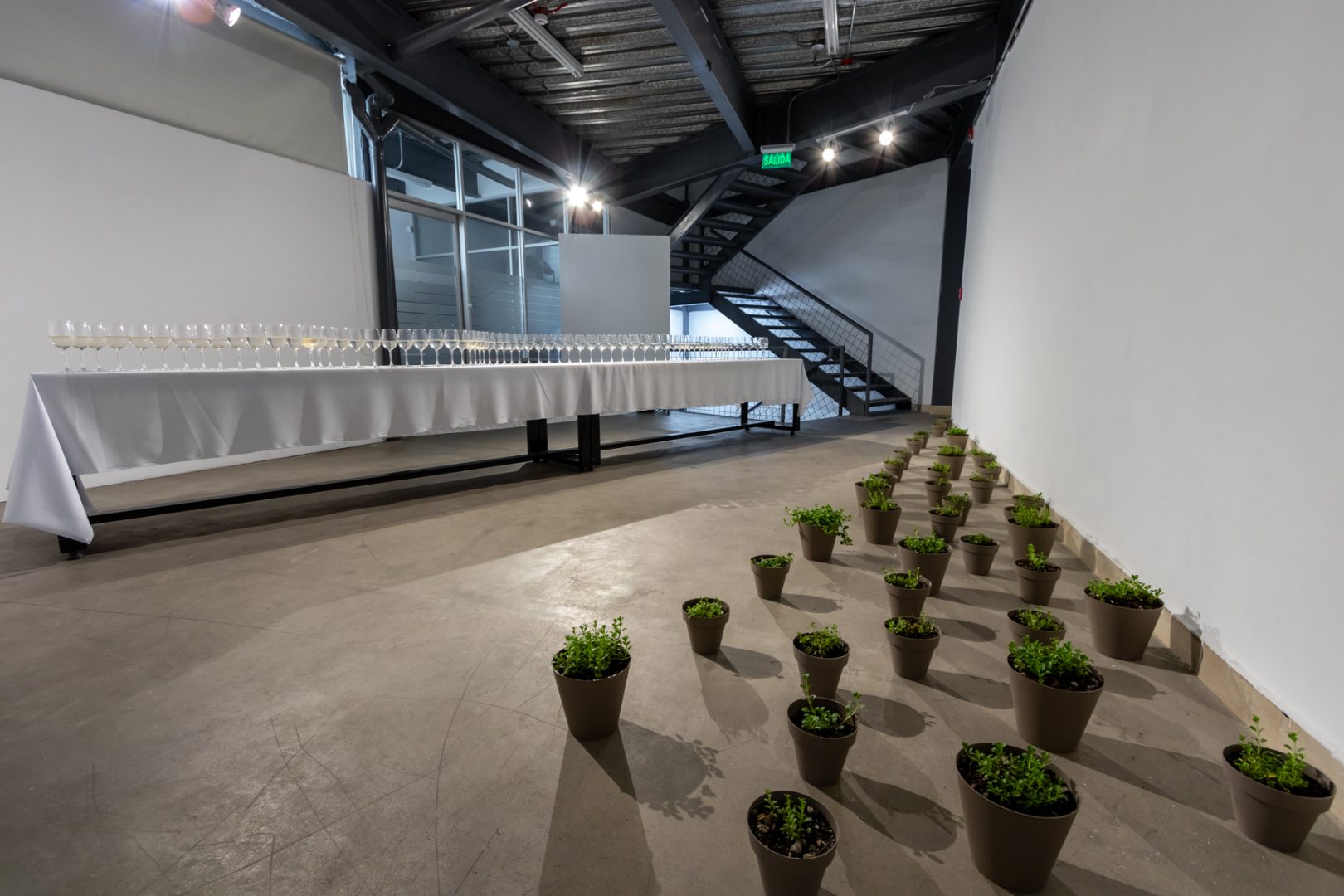Welcome to the Social Art Award 2025 – Online Gallery!
🌊 Dear friends of art and transformation, 🌊
A heartfelt thank you to all artists and creatives who submitted their powerful works for this year’s Social Art Award under the theme: “Planetary Healing – Blue Tribes for Ocean Health.” Your inspiring visions speak to ocean restoration, biodiversity, and reimagining our coexistence with all life forms on Earth.
After receiving 922 submissions from across all continents, and concluding a very active public voting phase, the Social Art Award now enters its next chapter:
🔹 What’s next?
The professional jury panel is currently reviewing and selecting the TOP 100 entries that will be featured in the official Social Art Award 2025 book. In parallel, the two public voting winners will move forward as wildcards into the final jury round.
🔹 Coming up:
-
Shortlisted artists (TOP 10) will be announced by mid-June.
-
Winners of the Social Art Award 2025 will be revealed at our Online Award Ceremony on July 2, 2025.
We invite you to stay connected as we celebrate the power of Social Art to drive dialogue, awareness, and collective transformation.
Let’s continue to amplify art as a force for Planetary Healing.
Machangara of mint Artistic research-creation...
Ricardo Cabrera Zambrano
In the globalized world in which we live, there is a great separation between human beings and nature, two concepts that, instead of being distanced, should have a reciprocal and autonomous relationship in favor of life. The central proposal of this project is to rethink the relationship we have with the environment as an inhabited and shared space, specifically with the Machángara River in the city of Quito, Ecuador. The sensorial and reflexive process is an important part of this analysis, therefore, as a starting point, I seek to hold on spiritually to the idea of reciprocity with the environment, taken from the Andean cosmovision as a structure of thought that implements the relationships between species in a reciprocal way within the environment they inhabit. Due to its geographic position, the city of Quito has spread between volcanoes, streams and rivers, and the ecosystems that cross the city are part of the same ecology shared by different human and non-human species. Ideally, the dialogue between all of them would allow an equitable and balanced development of the environment, however, several natural spaces in the city have become garbage dumps, a sanitary problem that is intensified by the little attention paid to the management of waste deposited in the river and the lack of education of a population that has stopped living in a respectful and reciprocal way with its environment. Through the proposed art project, I try to understand the different problems generated by the tensions exerted in this conflictive relationship between the Quiteño community and the river. I seek to communicate the deficiency and incapacity of Quito's society to reach a reconciliation with the river, to stop normalizing its contamination and to be able to promote a sustainable and beneficial environment for all its species. Installation 124 cups with water from the river Machángara and 56 mint plants. 10 x 1 x 1.10 m (table with cups).
In the globalized world in which we live, there is a great separation between human beings and nature, two concepts that, instead of being distanced, should have a reciprocal and autonomous relationship in favor of life. The central proposal of this project is to rethink the relationship we have with the environment as an inhabited and shared space, specifically with the Machángara River in the city of Quito, Ecuador. The sensorial and reflexive process is an important part of this analysis, therefore, as a starting point, I seek to hold on spiritually to the idea of reciprocity with the environment, taken from the Andean cosmovision as a structure of thought that implements the relationships between species in a reciprocal way within the environment they inhabit. Due to its geographic position, the city of Quito has spread between volcanoes, streams and rivers, and the ecosystems that cross the city are part of the same ecology shared by different human and non-human species. Ideally, the dialogue between all of them would allow an equitable and balanced development of the environment, however, several natural spaces in the city have become garbage dumps, a sanitary problem that is intensified by the little attention paid to the management of waste deposited in the river and the lack of education of a population that has stopped living in a respectful and reciprocal way with its environment. Through the proposed art project, I try to understand the different problems generated by the tensions exerted in this conflictive relationship between the Quiteño community and the river. I seek to communicate the deficiency and incapacity of Quito's society to reach a reconciliation with the river, to stop normalizing its contamination and to be able to promote a sustainable and beneficial environment for all its species. Installation 124 cups with water from the river Machángara and 56 mint plants. 10 x 1 x 1.10 m (table with cups).



